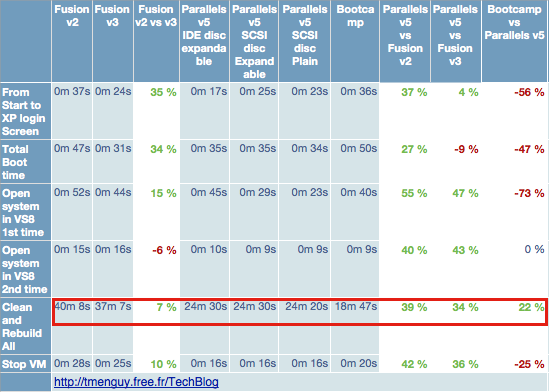Nokia & Intel two ways of (re)conquering mobile space…why not doing it together?
Thomas Menguy | November 26, 2009[Thomas Menguy is looking at why Nokia and Intel are more and more collaborating lately]
After the ofono initiative (Telephony Stack coming from Nokia, integrated in Intel new OS, Moblin, and Nokia one, Maemo) and Intel licensing the Nokia HSPA/3G modem IP , the honeymoon seems in good shape!
The Intel and Nokia effort includes collaboration in several open source mobile Linux software projects. Intel will also acquire a Nokia HSPA/3G modem IP license for use in future products
Nokia has been in trouble recently:
- Market share and revenues are eroding , down to 35% for smartphone marketshare, first loss for 10 years
- Lost lackluster as technology provider (at east in the consumer space)
- Is looking to reinvent itself (again) as a service provider and a full vertical player… but OVI is, as of now, underwhelmig
Intel seems to be doing really well right now but:
- It is still missing the ball in the embedded space (netbook are only a fraction of it)
- Atom is selling well … but at a low price : higher end centrino platform has been cannibalized, so revenue is suffering
- Still completely tied to MS Windows for software: Netbook were not selling at all when they were Linux based, market took off when WinXP has been put on it. It can be seen as a strength … but MS has failed in the device space, for years, so Intel x86 advantage is alleviated by all the new embedded OS for whom the ARM processor is THE choice leading to the next point …
- …Qualcomm is now the Intel archrival, with cutting edge Wireless, HUGE IP bag and full system integration (and, as Intel, a ton of cash).
- Is looking to reinvent itself (windriver deal) as a system provider more than a chip (CPU, discrete component) one.
Nokia is moving fast to become a vertical player, from services to devices
- it is now organized in a by platform silos: S40 / S60 / Maemo
- putting strength in its software and integration
- Lots of acquisitions around OVI and services.
As a Software guy I can’t retain myself to comment about this S60 ditching in favor of Maemo : Symbain is a robust OS, with cutting edge wireless capabilities. Where it is really poor is around it’s programming model (way too much over engineered) … and it’s user experience (UX) (S60 is just very dated and poorly conceived, no homogeneity nor UX guidelines)….
Do you really think that changing the low level OS will change anything? Linux is no better than Symbian kernel, just more hype around it, the UX layer has to be done from scratch by Nokia … Hum sounds the same as S60 no?
Will have to wait and see but Qt is still not in Maemo: N900 is GTK based…really old tech…and as difficult to program as S60.
Nokia is trying to be Google (or an Apple/Google hybrid), and, as Google, has an issue with deployment of its own services on a wide range of devices, what can be the solution?
Is it Maemo? I don’t think so: If yes Nokia will have to deploy it like Android…they have failed in the past with S60. Maemo won’t be the only Nokia Platform for a long time : They need to commonalize efforts between their 3 platforms (Maemo,S60,S40)
They have Qt:
- Ported to S60 to replace its programming model and allows a better UX framework and developers friendliness
- Maemo 6 : at last, Qt based and Maemo 5 gets its Qt shot also
- But the real missing one, the one Nokia sells hundreds millions every year : where is Qt and deployment solution for S40 ???? This would be the real killer one with bilion of platforms deployed in a few years …
Intel is also moving vertically, trying to sell systems instead of chipsets and get out of the MS Windows locked-in: Here comes Moblin, a new OS … with, for now, no traction from OEMs (Who are too in love with Android, but it may change because an OEM doesn’t like to be locked in by a software platform, look at Samsung Bada for example…).
Really a big driving OEM is missing to finish this system vision, to help Intel grow its expertize in the area…And after all why not Nokia?
What would be the incentive for Nokia?:
- If Intel delivers (and it is a big IF) , so if their HW embedded platform is head and shoulders above the competition (Moorestown and its successors), Nokia will have a big differentiator before the competition, IF the software is optimized on it
- This is were I really see a merge between Maemo and Moblin (I bet on this one
 ) so Nokia will cut dev costs again, with its hardware partner
) so Nokia will cut dev costs again, with its hardware partner - Adding Intel as its supplier, Nokia will have a real multi supplier strategy, so less risk (cost and supply)
I really think we should look at those two closely in the following months….
What do you think?






